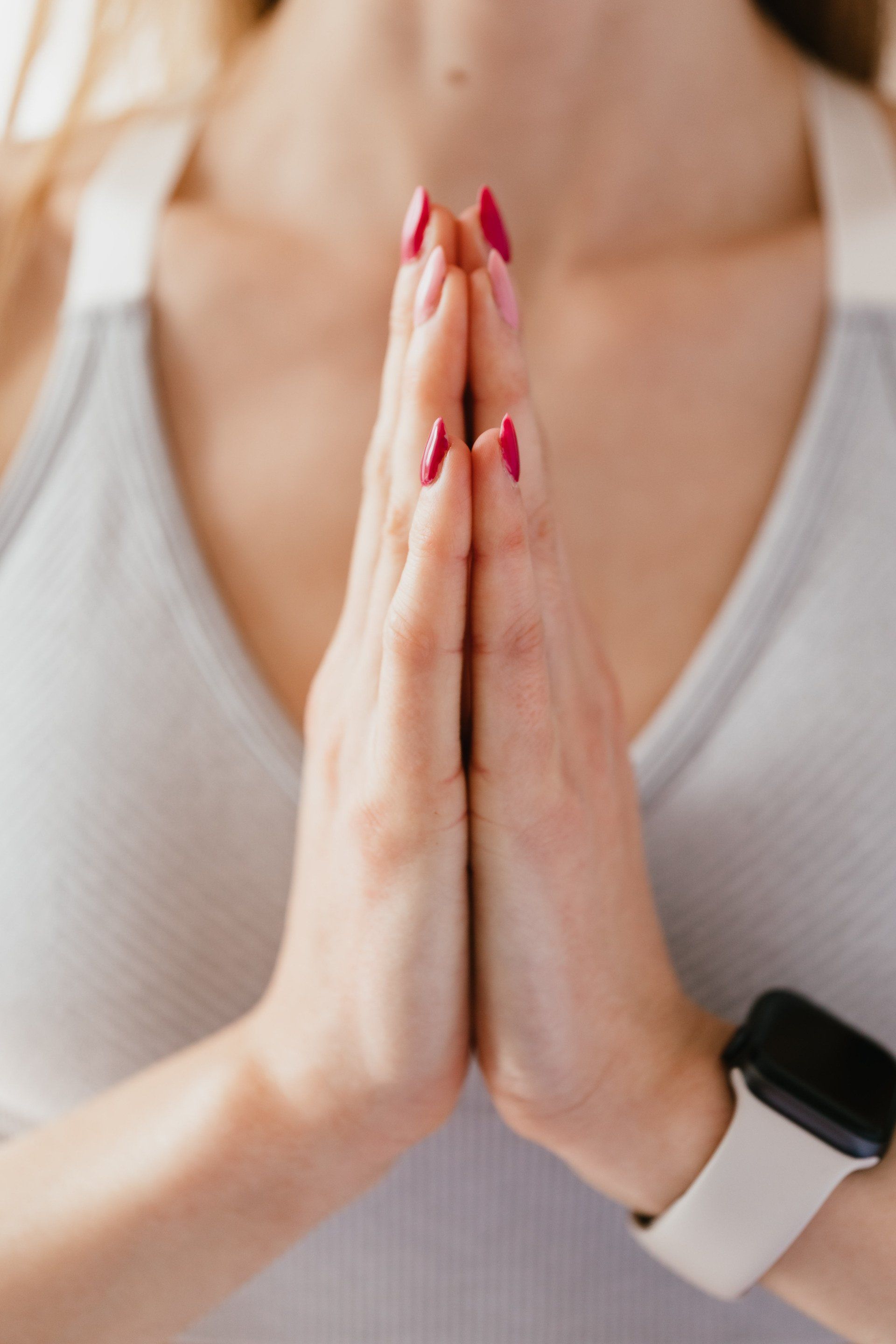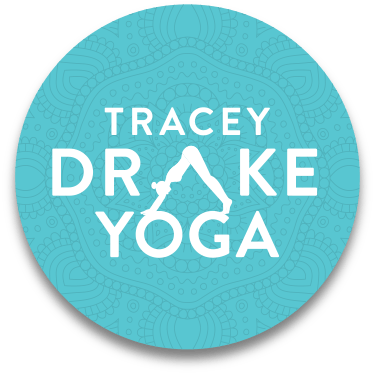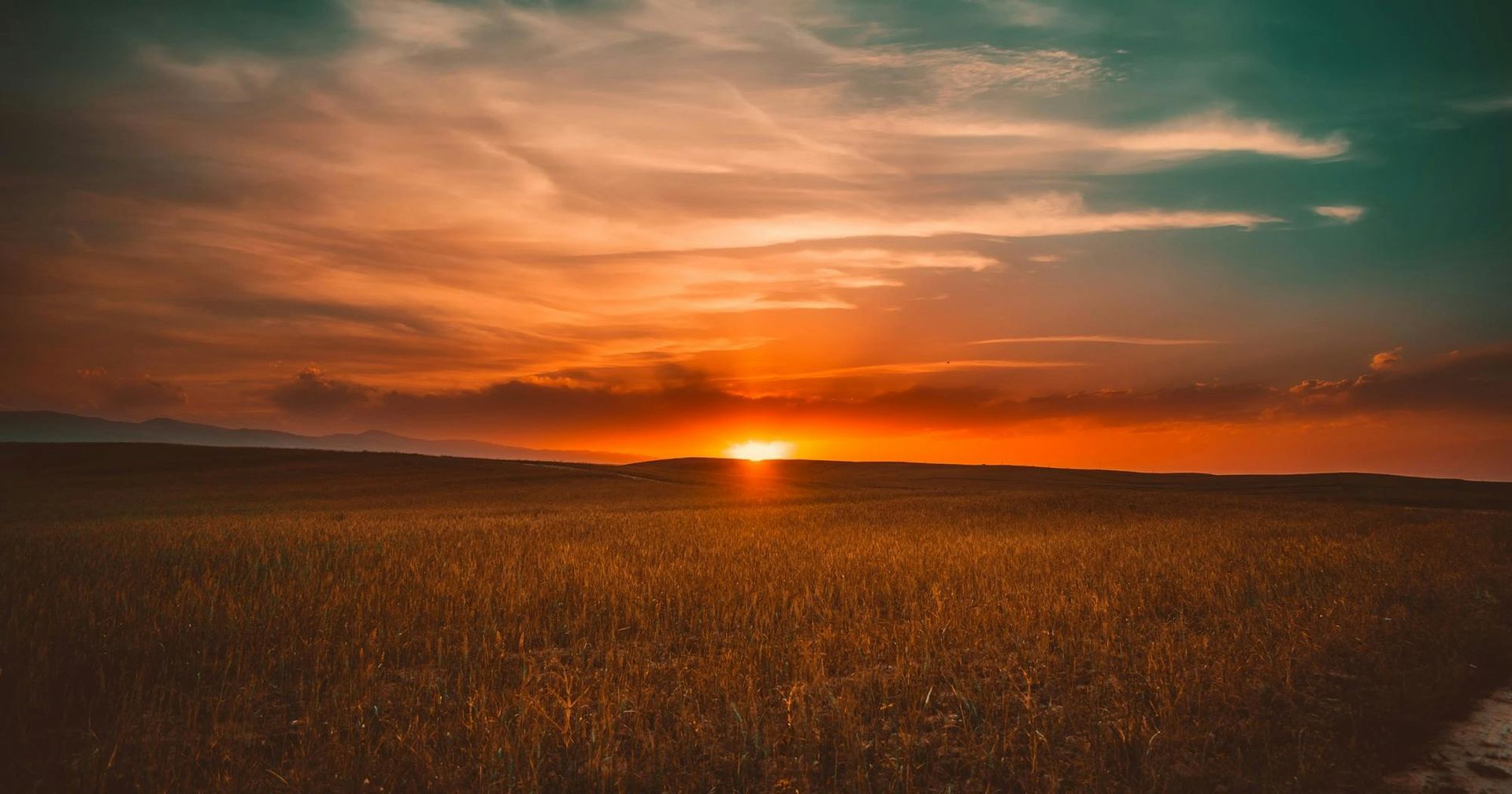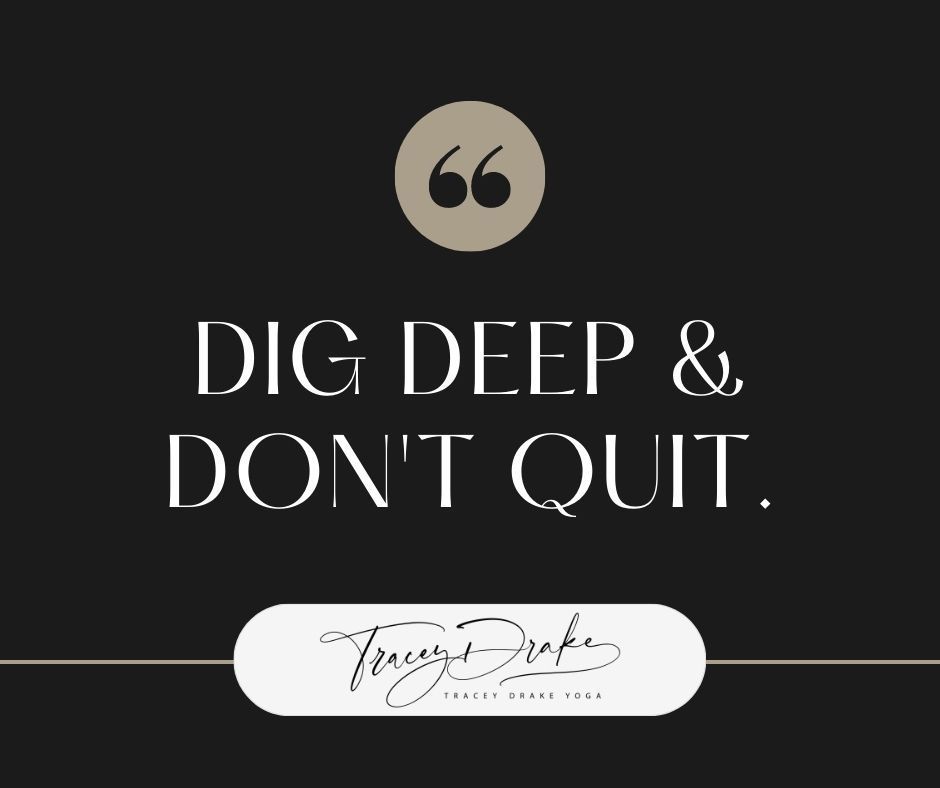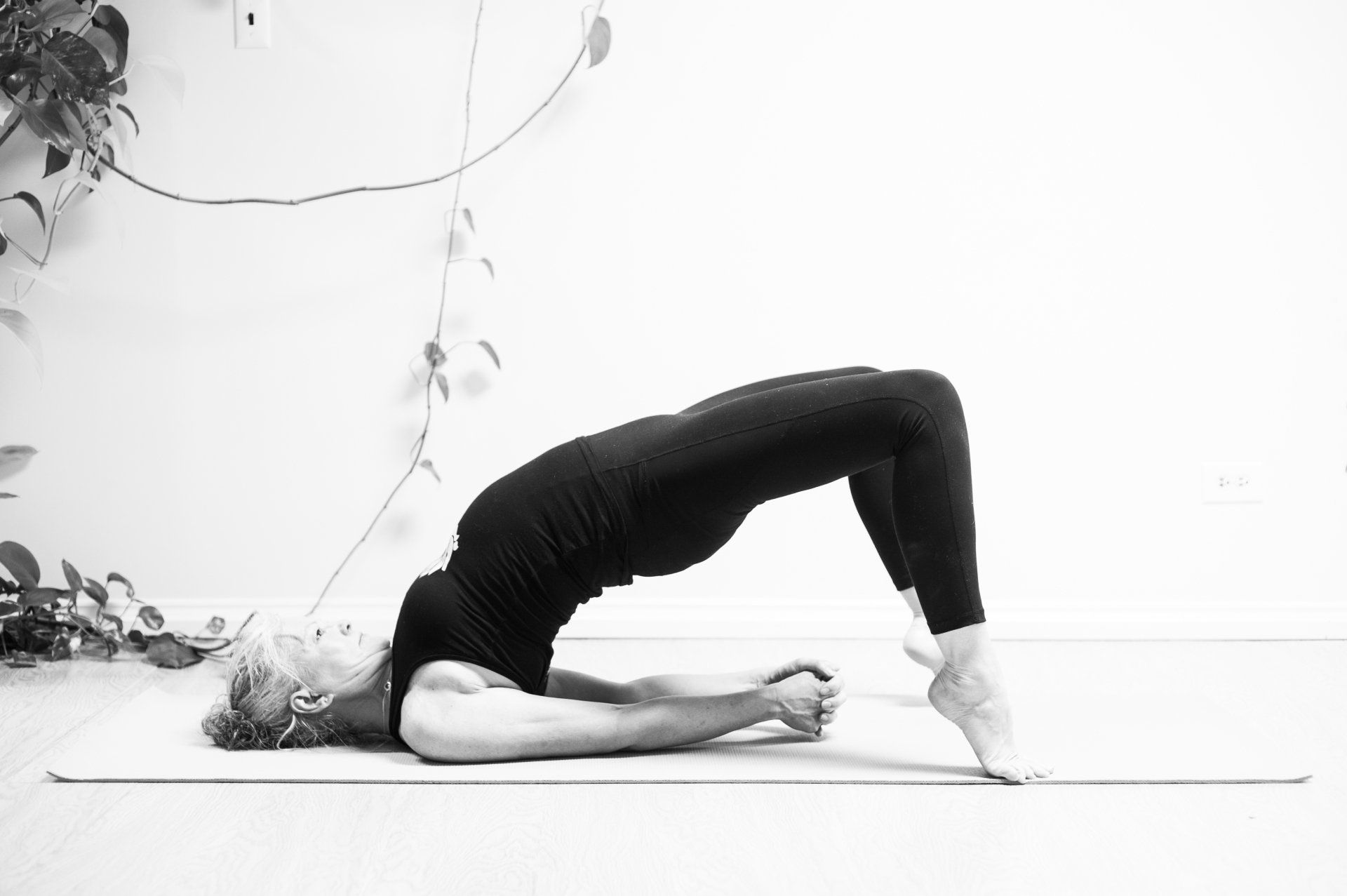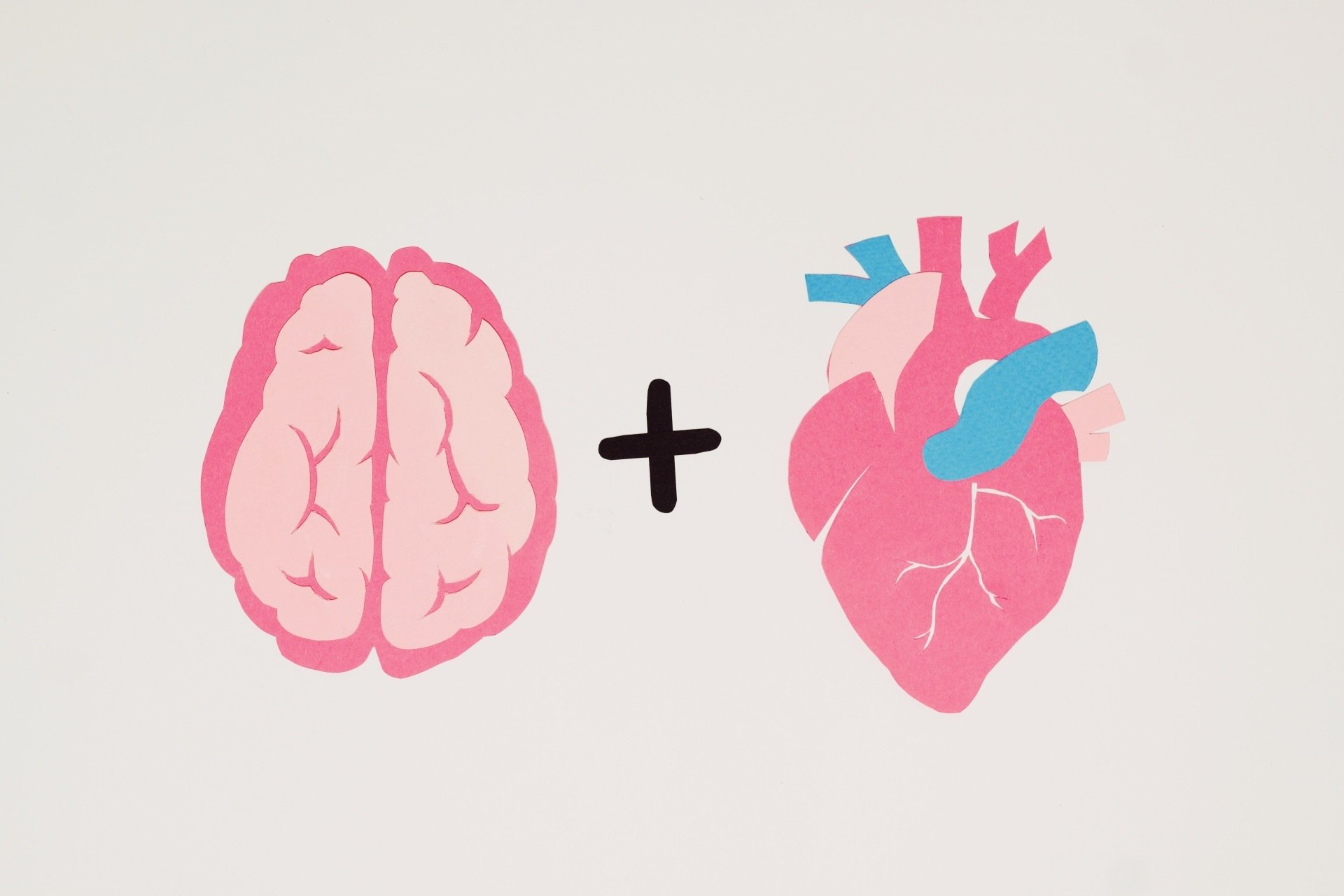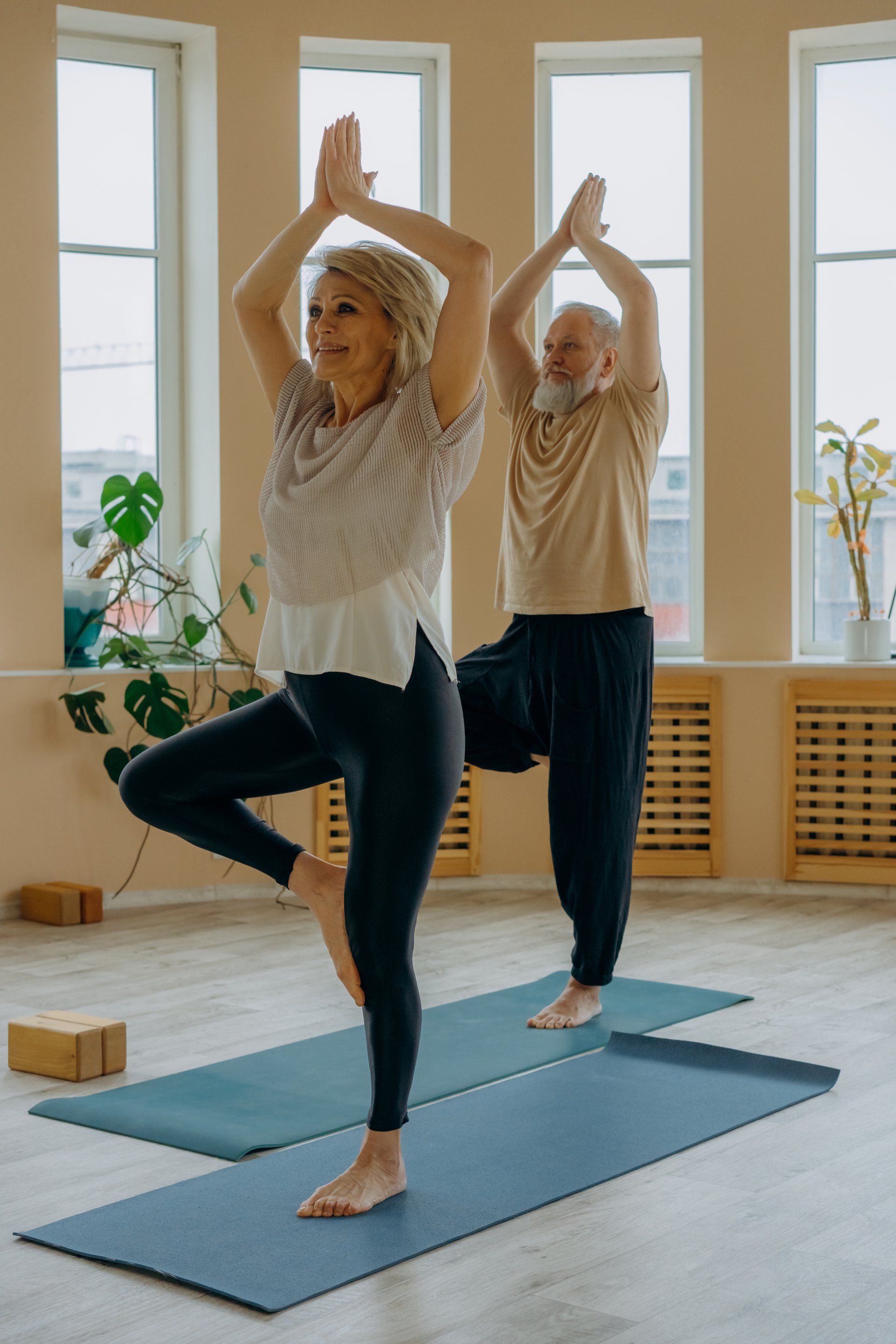How Flexible Do You Need To Be To Do Yoga?
I Wish I had a Dollar for Every Time I Heard This.....
“Oooo I could never do yoga! No way am I flexible enough!”
It’s a comment every yoga teacher and dedicated yoga student hears when they say they do yoga to someone who doesn’t. I have heard this so many times. I heard it yesterday, and I’ll probably hear it again in the next couple of days.
That comment is usually followed up with “I can’t even touch my toes – I could never do yoga!” (I’m not sure why being able to touch toes with straight legs is considered a yardstick of flexibility or even health. And, assuming one has relatively healthy knees, why not just bend the knees?)
So, here’s the thing my friends, and I’m asking for your assistance with this. We need to change that thinking around. I’m sure there are a lot of people who would benefit from doing some mindful movement that are missing out on improved health and well-being because they are worried about what will be asked of them if they join a yoga class.
Next time you are telling your friends, family, and colleagues about your yoga practice and they say the “I’m not flexible enough” comment, here’s what you’re going to say:
“I get that you’re not feeling flexible, I feel that way sometimes too, but that is why I need to do yoga, and you need it too.”
Saying you’re not flexible enough to do yoga is a bit like saying you’re too dirty to have a shower. Yoga is the solution, just like a shower would be.
There are some schools of yoga that follow strict alignment protocols for postures and some that require the practitioner to acquire a certain competency at one level before proceeding to the next. I am not dismissing those styles – many people enjoy and benefit from practicing in that way. But, in my opinion, approaching yoga like this can lead to competitiveness, and if a person is not able to “achieve” the “perfect” pose, they can come away with feelings of dissatisfaction, inadequacy or simply “not being good enough” –lacking in some way. This is absolutely not what yoga is about, and there is no health benefit to feeling that way.
And let’s be clear – yoga is not just about the physical form. It’s not a “workout”, and to approach yoga in that way completely misses the essence of the practice.
Yoga is beneficial for everyone, but not all yoga POSES are beneficial for everyone.
One size does not fit all. We are all individuals. We all have different biology and biography. The way our bones grow and form and how they fit in their joints, the length of our limbs, body proportions, the muscle insertions and attachments, the fascial webs and sacks, organ locations, injuries, trauma, pregnancy … the list goes on. All this and more will affect how you move and make shapes with your body. How you feel on any given day makes a difference too. What you eat, how you slept, where you’ve been, and where you are going all affect your being. And I’m only considering the physical aspects here. I’m not addressing mental and emotional health in this particular post.
So much affects how we habitually move in this life, that we cannot expect to do one single yoga pose just like the person on the mat next to us, or the one in a posed IG post.
The style of yoga I teach will not get you on the cover of Yoga Journal. I cannot get my leg behind my head. I couldn’t 20 years ago and I wouldn’t even try now! And really – why? What is the health benefit?
The yoga I practice and ask my students to explore is a functional approach. Rather than trying to “master” or “perfect” a yoga posture, we make shapes and/or movements with our bodies to target certain muscle groups or areas of the body. I believe this is a healthy and inclusive way to approach yoga. I will never insist your pose should look a certain way. Provided you are feeling something in the area of the body we are focusing on, then you are doing the pose correctly – and you get to decide how intense those sensations should be. And yes, the pose you are doing may look entirely different to your neighbour – and that is to be expected. We are not clones.
Yoga poses can be described aesthetically or functionally:
- An aesthetic description focuses on how a pose should look.
- A functional description focuses on the experience for the individual.
The yoga you practice should benefit you. Your yoga should replenish your beautiful and amazing body, mind, and soul! I truly want my students to come away from my classes feeling better than when they arrived. Not dejected, defeated, humiliated, or frustrated, but more aware of their body and what it needs to move with comfort and ease, and be happy in the knowledge that the yoga they practiced today, regardless of how it looked, will benefit them tomorrow.
Use it or lose it
We must keep moving as we age. Bones weaken, muscles shrink, fascia becomes stickier, joints degrade. Mobility and flexibility decrease without movement. All tissues of the body need to be placed under a degree of tension from time to time to remain healthy.
If you struggle to tie your shoelaces now, it’s not going to get any easier a year from now if you don’t challenge the muscles, tendons, ligaments, and fascia that support you in that movement. Yoga, approached in a mindful, functional way, can help you with that – and who knows, maybe it will help you be a little more flexible in the mind too. There are some very positive results to a regular yoga practice that serves you as an individual.
So remember, if today you’re not feeling very flexible, you need to do some yoga!
Tracey Drake
Summer 2021
Click Here to read more of my blog posts.
Click Here to contact me.
Click Here to practice yoga with me.
